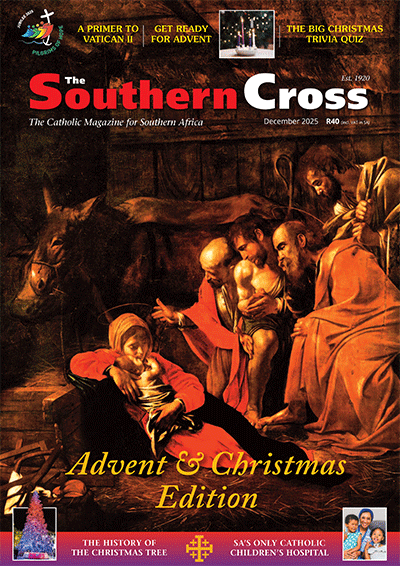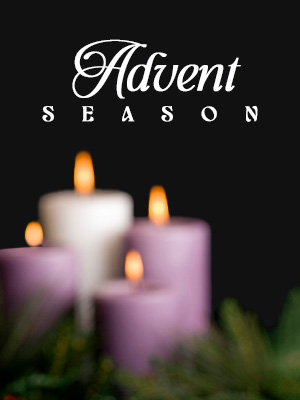Rise of a counter-culture
In the streets of Sydney during World Youth Day, some protesters handed out condoms to passing pilgrims. Reporters later spotted lots of discarded, unopened condom packets a street block away.
This could sum up the spirit, at least partly, of today�s Catholic youth: tolerant of those who don�t share their faith, but determined to follow theirs.
Pope Benedict often counsels that the best form of evangelisation, specifically among the laity, is in setting a visible example of a living faith. This should not involve acts of ostentatious piety�that surely would convert few and put off many�but external signs of the faith worn comfortably and with commitment. The WYD pilgrims showed us how.
Sydney�s police noted, with astonished admiration, that the assembly of hundreds of thousands of young people was not impaired by excessive alcohol consumption. And yet they could party. Surely many pilgrims had a beer, but they knew also that they were pilgrims of faith, not tourists.
The media were flustered, too. This was not the stereotypical �youth of today�, nor were these Catholics the bigoted zealots of popular imagination. With dashing unoriginality, some Australian media outlets dubbed WYD the �Catholic Woodstock�, after the iconic 1969 rock festival.
The analogy is at once suitable and paradoxical. It is an antilogy for obvious reasons: Woodstock became a byword for sex & drugs & rock �n� roll; WYD pilgrims had interest only in the latter. Yet, both events can be described as counter-cultural. Just as the Western denizens of late �60s regarded the hippie movement with bemusement, so have the WYD throngs in Sydney confounded society�s expectations. The Catholic youth, at least that represented in Sydney, is repudiating the crass materialism and secularism of previous generations. Perhaps secularism�s victory in the West is not as comprehensive as the pundits would have us believe.
Being openly, proudly young and Catholic and yet modern is not a peculiar, localised affair; as WYD shows, it is a worldwide phenomenon. WYDs have long set records. Five million people turned up for the closing Mass of WYD 1995 in Manila; two million in Rome five years later. Critics relegated these astonishing numbers to �John Paul II mania�, suggesting that young Catholics came to WYD only to see the superstar pope.
Pope John Paul II is gone, and his successor is a diminutive octogenarian with no excess of natural charisma. And yet the youth keep coming in record numbers. Naturally they love seeing the pope, any pope. The pope, however, is just the headline act. The main attraction in WYD is the unity in faith of the world�s Catholic youth, with the fellowship and affirmation and catechesis this involves.
The counter-cultural movement is still modest in numbers: in Australia, only 13% of young Catholics go to Mass. It is reasonable to assume that among the other 87% there were many who took part in WYD events, being exposed, perhaps for the first time, to the sacramental Catholic life. Some doubtless will now go to Mass.
The Australian theologian Tracey Rowland described the effect of WYD�s catechesis like this: �No one could go away from Sydney thinking that it is possible to compartmentalise the faith or reduce it to a few rules and regulations and Sunday observances. The pope constantly reiterated the theme that it is all about a personal participation in the life of the Trinity, and that changes everything. There is no room for secular spheres impervious to the sacred and divisions between public and private personas; there is only a part of us and a part of our culture that either belongs to Christ already or still awaits transformation.�
WYD has shown that the Catholic youth is a vehicle for that transformation.
- The Look of Christ - May 24, 2022
- Putting Down a Sleeping Toddler at Communion? - March 30, 2022
- To See Our Good News - March 23, 2022





